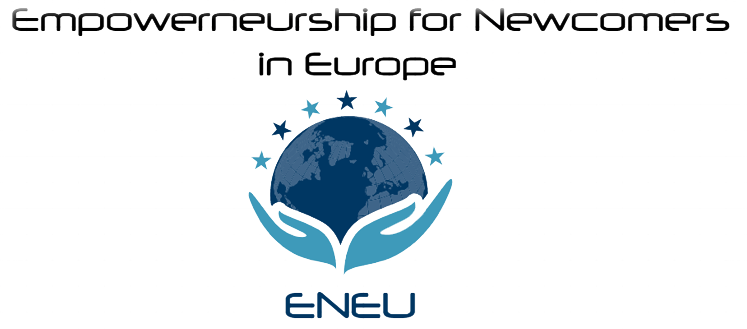The role of the trainer (Part 4)
by Niina Halvorsen

So far, the emphasis regarding the role of the trainer was put on knowing themselves as a learner, knowing their target group, and knowing their approach in the training process.
Now, it is time to underline the last area: Know your topic, tools, and training process
A trainer should be able to bridge the world of learning theories and practices, and the world of the migrant learners. They should find appropriate ways to transfer and co-create knowledge with their learners, respect and value the cultural background of the learners, and make the learning process as interactive and pleasant as possible.
Given the fact that the migrant learners may have varying levels of familiarity with the learning topic (concept and terminology), the trainer may start the training with an assessment evaluation of prior knowledge and experience on the topics of the program. This will allow the trainer to have a clear picture of how the training should be implemented. The assessment should be carried out in a way that empathises with what the learners already know so that the trainer can build on that knowledge together with the learners. Looking for deficits is not purposeful and would not empower and motivate the learners. When using self-assessment tools, the trainer could invite the learner to be an active participant in the interpretation of the testing results, deriving meanings from the learner’s perspective in forming the assessment report. To be able to place the role of expert back onto the learner, the trainer can avoid using standardised tools as the sole measurement for assessment.
In any case, the trainer should always present the content in a clear and organised manner, ensuring that the learners grasp the fundamental concepts and principles related to it. It is also very important that the trainer provides reliable information, corrects misconceptions, and addresses any potential gaps in understanding among the learners by giving additional explanations, (real-world) examples, case studies, further resources (articles, videos, presentations, serious games related to the topic etc.) and interactive exercises, thus ensuring accuracy and quality in their training and in the development of the necessary skills and competencies on the concepts being taught by the learners. Collaborative learning means co-construction rather than the transmission of information. Collaborative learning takes place when neither the learner nor the trainer is in an authority role. It is very important that the trainer encourages group discussions, simulations, hands-on activities or peer group problem-solving exercises, to reinforce co-construction of knowledge and understanding as well as promote active participation of all learners.
The training process should be made transparent so as to let learners know that they have control over events and can make their own decisions and choices. The first step that can be taken involves introducing the training process so that it can be demystified. For example, learners can be asked what expectations they have of training, and what they hope to achieve through training. Secondly, trainers can emphasise their view that their learners’ opinions and ideas are important by asking the learner to speak up if they feel not being understood. Thirdly, the trainer can invite the learner to leave earlier or take a break from the regular sessions, if needed so. Lastly, at the end of the first session, the learner can be asked for their feedback on the session, stating whether and what they found to be helpful for them. It is easy to see how each of these techniques serves to empower the learners, rather than taking away their authority over their own progress and development.
The migrant learners follow a training program on entrepreneurial skills so as to become self-employed by starting their own business or being employed in the public or private sector of the host country or the country of transit. Therefore, besides the required business skills, they need to understand labour market requirements, find (self) employment opportunities, adapt their skills and utilise appropriate tools to enhance their employability or entrepreneurial ventures. This can be done under the guidance and support of the trainer, who can invite external consultants and specialists for this specific purpose (e.g. career coaches and consultants, specialists in writing a CV, HR managers or other representatives of businesses, etc.).



